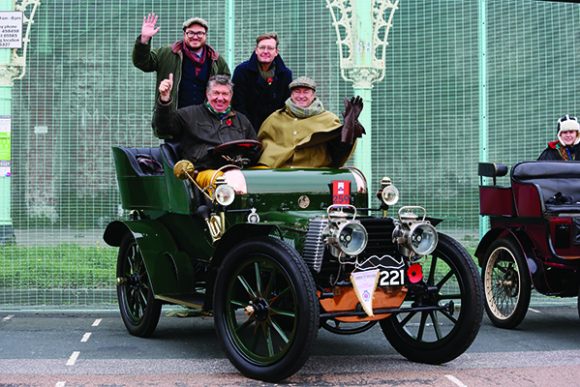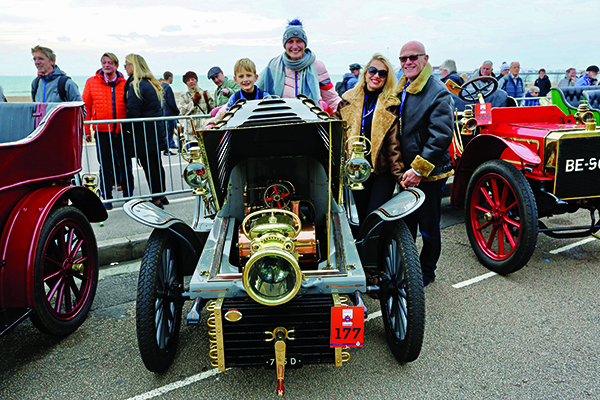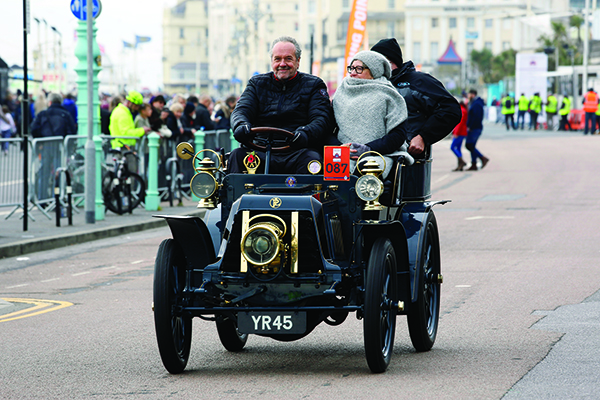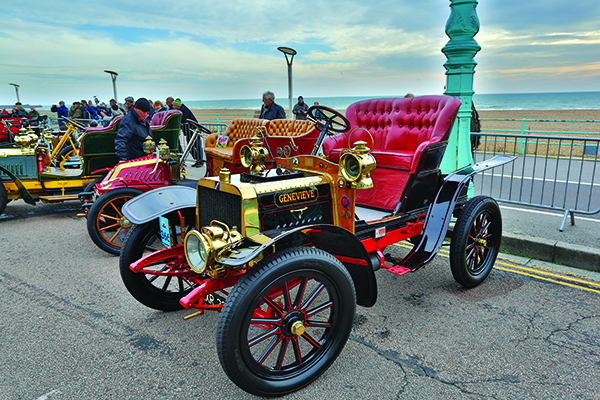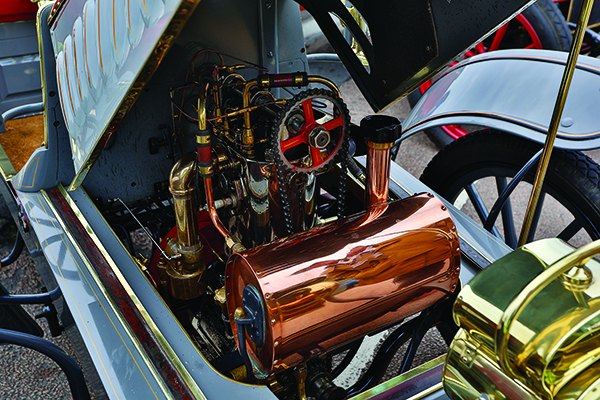For many years the world’s oldest, continuous motoring event has taken place on the first Sunday of November.This year, participants of the 2018 London To Brighton Veteran Car Run were treated to unseasonally warm and dry weather. The cars set off for Brighton seafront from Serpentine Way, Hyde Park at 7am. They then chugged, puffed and hissed their way through London passing Buckingham Palace, the Mall, White Hall, Downing Street and the Palace of Westminster before crossing the Thames.
The journey of 60 miles had cars arriving at the finish along the Brighton seafront and Maderia Way from around 10am until well past 3pm. A good number of these ancient mechanical marvels broke down along the way. I even saw one steam powered car taking a good drink of mains water tapped from the side of the road after its coal fired boiler had run dry.
Over 200 cars dating from before 1905 took part with over 25% from overseas including cars from America and Hong Kong. With entry fees starting at just £142, the overall cost of getting these cars to the start would have been likely to cost much more.
Amongst the many drivers and passengers was broadcaster Alan Titchmarsh navigating the 1903 Daimler Tonneau Tourer, powered by a four cylinder 14hp engine. The car is owned by the Jaguar Heritage Trust and maintained by the Royal Automobile Club at its Woodcote Park clubhouse. John Caudwell, the founder of Phones4U, was also taking part driving his 1902 Westfield powered by a 13hp two cylinder engine. The total loss lubrication system to prevent his engine from seizing drank a litre of oil to cover the 60 mile journey.
Genevieve, the 1904, two cylinder Darracq made famous in the 1953 movie of the same name is a regular entrant and was looking as good as new. The film is about two cars competing for a wager to be the first car to Westminster Bridge on the return to London from Brighton.
The London to Brighton has roots dating back to 1896 when an act of parliament repealed the ‘Red Flag’ act. This related to cars being restricted to a speed of 4 mph with a man walking ahead waving a red flag to warn of an approaching vehicle. The new speed limit of 14 mph allowed cars and drivers the freedom to cover a much greater distances and the London to Brighton route became the most popular test of a vehicle’s endurance.

